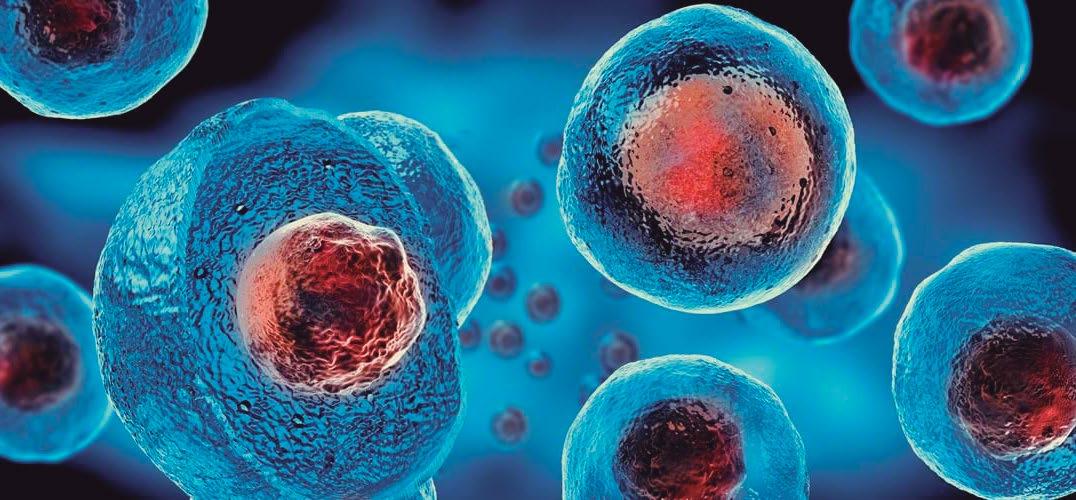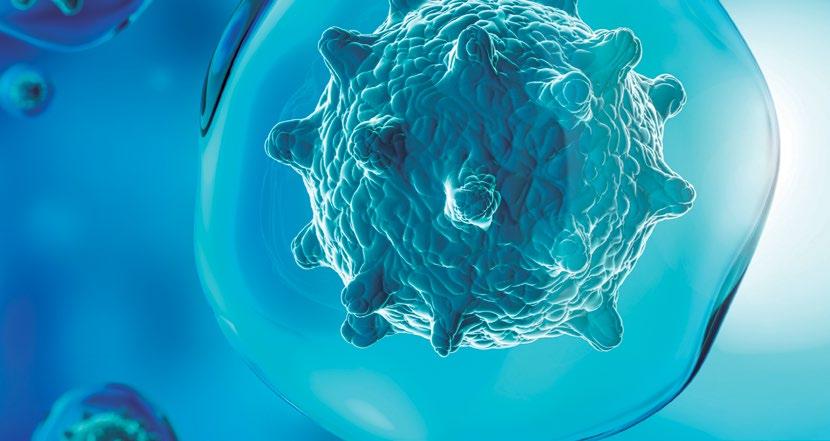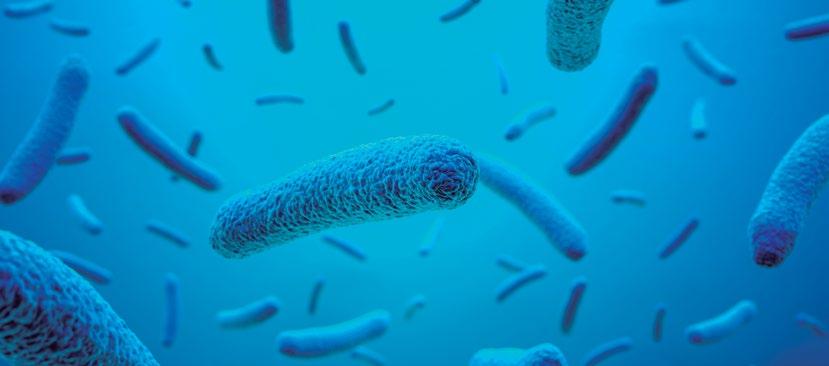40
RESEARCH
NEW THERAPEUTIC PROPOSALS IN THE FIGHT AGAINST ANTIBIOTIC RESISTANCE
SUMMARY
INTRODUCTION
Ever since bacteria have developed resistance to multiple drugs, both clinical and pharmaceutical, efforts have been made to confront these new strains, with ever decreasing success. Advances in other areas, such as nanotechnology, have led to innovations and improvements in the way medicine is applied. An example of this is nanoparticles, which are used in implantable devices and other types of supplies, as well as in the most recently studied system for delivering anti-cancer and antimicrobial drugs. In the latter case, the results have been very favorable for both grampositive and gram-negative bacteria and multi-resistant strains. Recent research has found the important role that “lipid rafts” play in the behavior of multiple bacteria resistant to methicillin, so attacking these microdomains of the membrane with hypolipemiants seems to be an excellent proposal. As for antimicrobial peptides, a response against organisms such as E. coli and S. aureus has also been found, but the specifics in each case are still being investigated, in the aim of determining and modifying the appropriate one. Results seem to indicate that they have a higher sensitivity in studies performed ex vivo.
Bacterial infections are one of the most frequent causes of morbidity in the world, constituting one of the main reasons for consultations at the first level of care and one of the major complications at the surgical and intrahospital stage. They represent a permanent enemy to human health that will accompany us for as long as we inhabit planet Earth, where they are present in virtually every environment or surface (Belloso, 2009).
Keywords: Resistance, antibiotics, nanoparticles, lipid rafts, peptides
Since Fleming and the discovery of antibiotics, however, humanity has had something with which to defend itself (at least until now). Antibiotics are our weapons in fighting infectious processes that in former times were complicated or simply incurable, and that claimed the millions of lives. The impact of these drugs has been such that, since their development, human life expectancy has increased significantly. Their effectiveness and validity are a cornerstone for the survival of our species, and essential to maintaining the stability and lifestyles of human societies today (Belloso, 2009). There are different kinds of antibiotics and they act in different ways, fulfilling specific functions in accord with the infectious agents they are intended

















